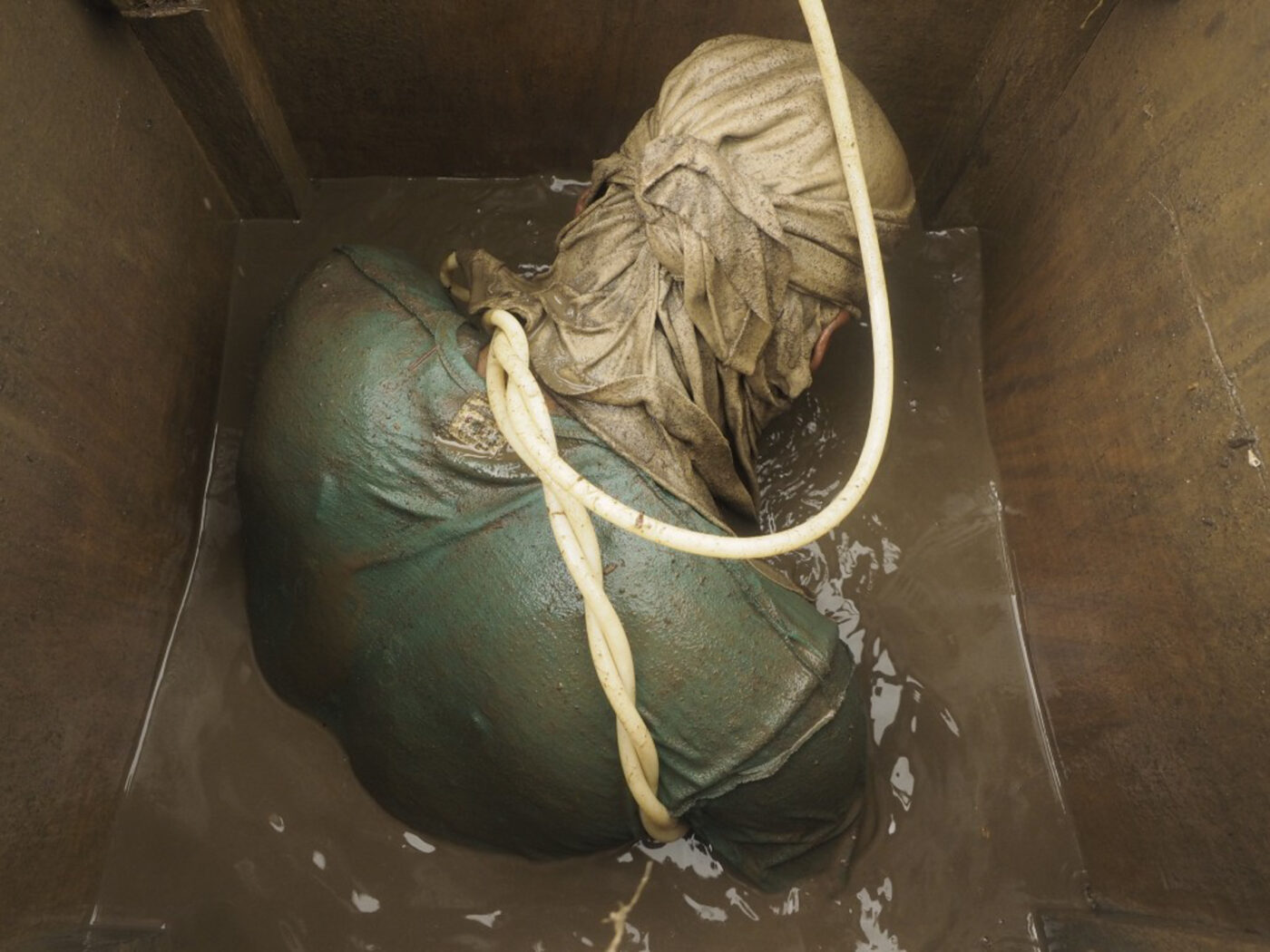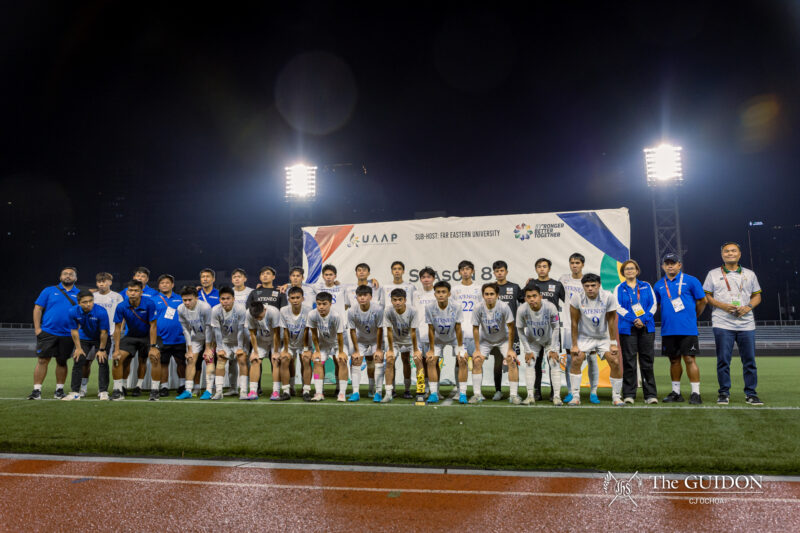FOR AN enterprise that contributes so much to the country and to the world, the Philippine mining industry is understood so little.
The Philippines is fifth in the world in highest mineral reserves. According to the 2014 Philippine Extractive Industries Transparency Report, these mineral reserves have an estimated value of USD 1.387 trillion— five times the country’s 2013 gross domestic product.
Although the statistics speak for themselves, incidents on the ground have raised questions on the promise of these numbers. Communities hosting mining companies have filed countless complaints, claiming that most, if not all, of these companies employ measures that are destructive to the natural and social environment.
Of these hosting communities, indigenous peoples (IPs) are of the most affected. For anti-mining parties, they are oppressed and abused. In the eyes of mining corporations, they are misinformed and disempowered.
Lands and lives
The government had hoped to pre-empt a majority of mining-related abuses against IPs through Republic Act No. 7942 or the Philippine Mining Act of 1995. In this law, the State is mandated to “recognize and protect the rights of the indigenous cultural communities to their ancestral lands as provided for by the Constitution.”
However, this has not been entirely effective. In her 2012 paper on the cultural impacts of mining on the ancestral domains of Philippine IPs, researcher and contributor to the Austrian Journal of South-East Asian Studies Marina Wetzlmaier observed that for IPs, “large-scale mining often leads to the loss of their lands and thus poses a serious threat to their livelihoods.”
Wetzlmaier added that mining cuts the IPs deeper because lands that are mined are considered “ancestral domains.” The term “land” has strong associations with “home,” as a “traditional territorial claim and an identity as a community with socio-cultural values closely.
These mining operations have created a host of human rights abuses for the IPs living in mineral-abundant territories. According to Wetzlmaier, these abuses include forced displacement, arbitrary detention, persecution, killings of community representatives, demolition of houses, destruction of property, rape, and forced recruitment by the mining companies.
For Ronald Recidoro, vice president for Legal & Policy of the Chamber of Mines of the Philippines (COMP), problems with the environment and hosting communities are allowed to continue not because of the lack of laws but because of their weak enforcement.
“The problem is government’s capacity to implement it, the lack of funding and political will at the implementation stage,” says Recidoro.
These failures of implementation often lead to direct confrontation between indigenous populations and mining corporations.
The confrontation between Sagittarius Mines Inc. (SMI) and the B’laan people near South Cotabato in 2011 is an infamous case.
Armed conflicts ensued between the tribe and armed government troops deployed as “peacekeepers.” In these battles, B’laan soldiers were killed in an effort to preserve their land. Over the years, the B’laan soldiers have launched guerilla warfare against the government troops. This has proved costly, as both B’laan soldiers and bystanders have been killed in the ensuing conflict.
Protests by the local population led to the banning of SMI’s open-pit mining operations in the area. However, SMI is still in the region as they have ignored the ban and resumed operations.
Despite these clashes, the government and COMP believe that progress is being made.
Excavating discourse
According to Dennis Legaspi, consultant for COMP, laws in the international, national, and local levels already seek to address the issues of the Philippine mining industry with their host communities like the IPs.
“They wouldn’t be able to enter the lands without a ‘free, prior, and informed consent’ or ‘FPIC’,” says Legaspi.
Forest Peoples Programme, an international non-governmental organization “for forest peoples’ rights,” defines FPIC as the international law principle that dictates the right of a community to give or withhold consent to proposed projects that may affect the lands they customarily own, occupy, or use. FPIC implies the occurrence of informed, non-coercive negotiations between the host communities and the investors, companies or governments.
In national law, the Philippine Mining Act of 1995 requires two major prerequisites before mining companies can acquire permits and start with excavation. First is an Environment Compliance Certificate, which lists the project’s potential impacts on the natural and social environment of its site. Second is the Declaration of Mine Project Feasibility, which informs the government of the costs and benefits of the project.
In the local policies, Recidoro adds that there is a need for a “favorable endorsement” of the mining companies by the hosting communities and local government units (LGU). A favorable endorsement by the affected LGUs indicates that the community understands the impacts of the proposed mining project and thus allows mining projects to begin.
According to Legaspi, the real issue that needs to be highlighted is the empowerment of the indigenous peoples through education. This is so that they can use forms of legislation like FPIC, Philippine Mining Act, and favorable endorsement to their advantage. He emphasizes that it is the role of the government to have programs that address the IPs’ needs.
Legaspi adds that the National Commission on Indigenous Peoples (NCIP) could not help the IPs because their domains are far from Manila.
“What happens is that the mining companies deal directly with the [IPs or lumads],” says Legaspi. “The assistance of the NCIP for the lumads arrive only when the transactions are done.”
For Rene Claveria, PhD, assistant professor at the Environmental Science Department, it is not only the IPs that are victims of misinformation–the general public has been misled as well. He suggests that discourse be brought to the public domain.
“It’s more of letting people understand what mining is,” he says. “I think we’re in that stage when everybody needs to understand mining.”
Always golden?
Mining, although profitable, provokes questions on its sustainability not only for its host communities and environments but also for its own industry.
Claveria stresses that mining is an “extractive industry” and is thus not sustainable.
“It will die out,” he says. “It depends on how fast we can [mine]. One mine can last only about 10 years, 25 is the maximum.”
Claveria says that mining is done “really fast” because mining companies are “running for a price.” He explains that as long as the prices are high, miners mine. This cycle goes on until there are no more minerals to mine in the designated areas in the country.
For Legaspi, this does not mean that mining operations should be halted. Slowing down the pace of mining of today for the sake of tomorrow, he says, is only one way of doing mining that benefits future generations. He proposes another solution.
“Isn’t it also intergenerational when we mine now and whatever capital is developed, [we] invest for the future?” he asks.
“Mining is necessary,” Legaspi says. “It’s our responsibility as human beings. If you’re a rich country like the Philippines, you have resources, mineral resources, and [if] you don’t make use of these resources while your people remain in poverty, that’s irresponsibility.”
“It’s like a rich man sitting on a pot of gold,” he concludes.




